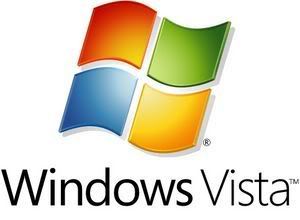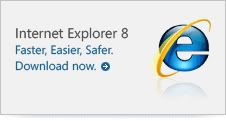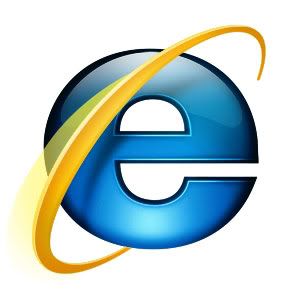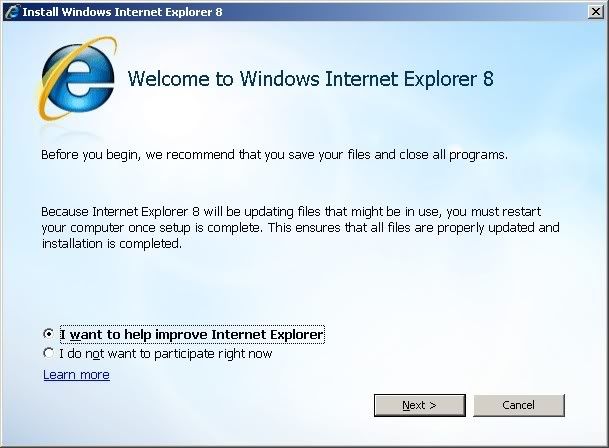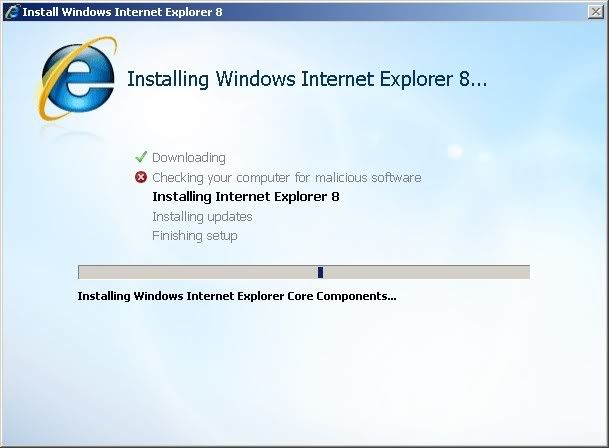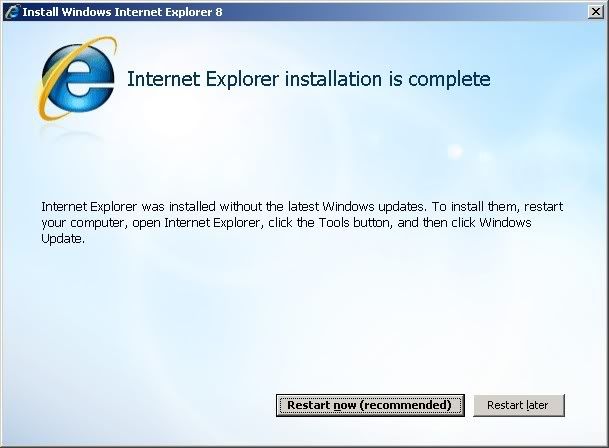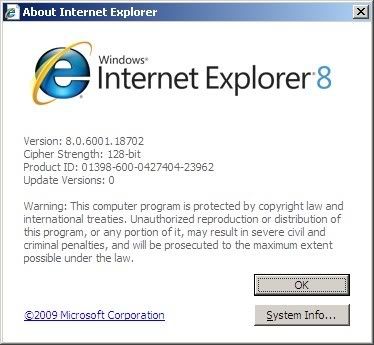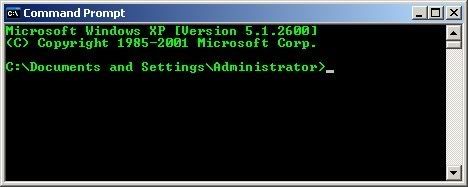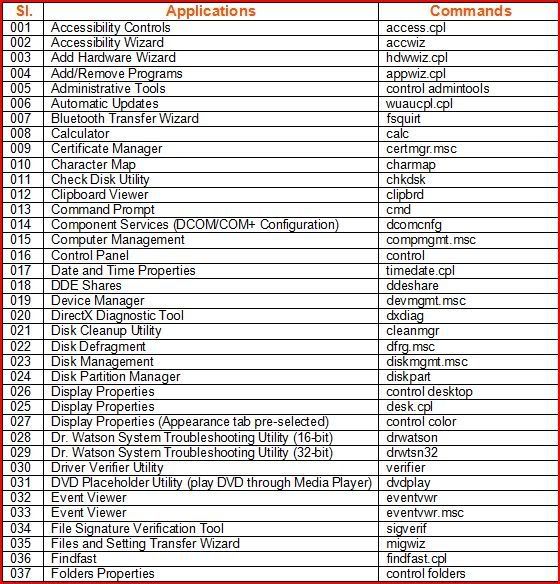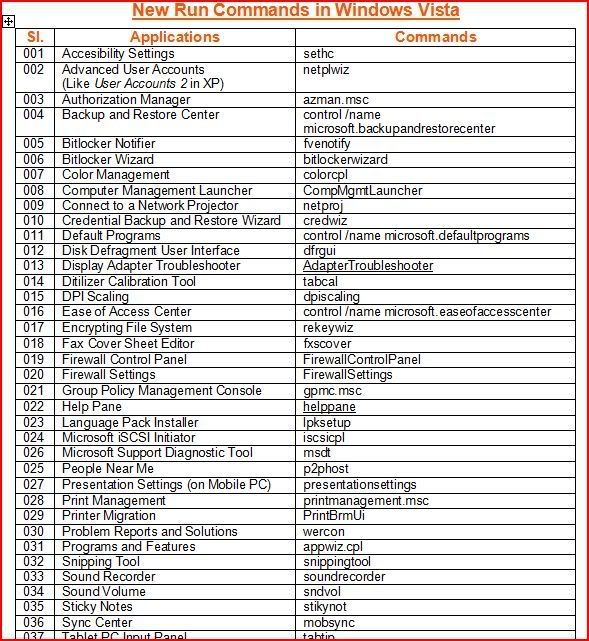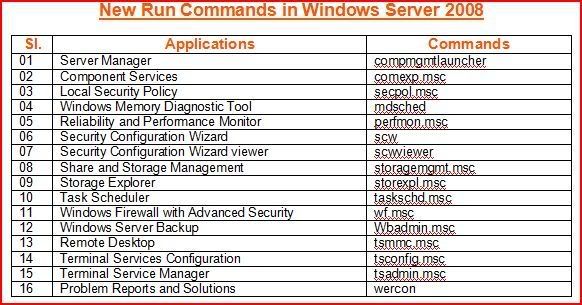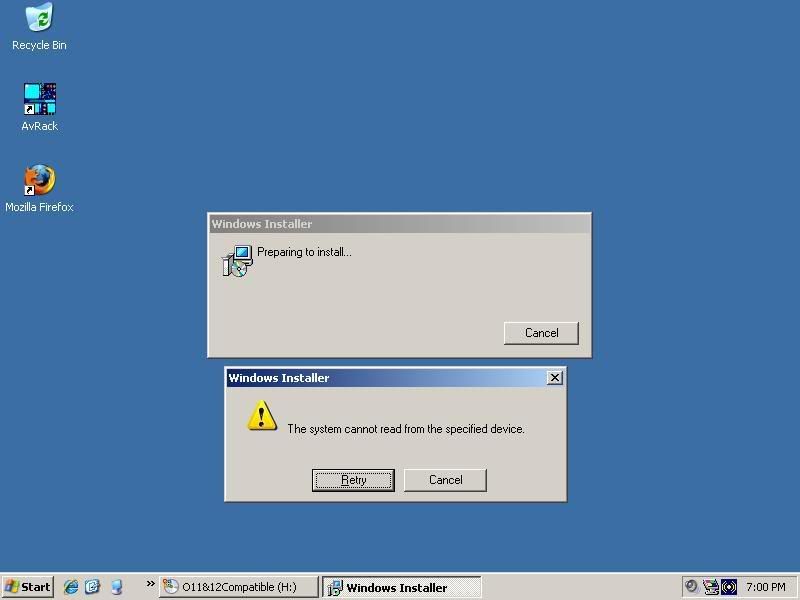Alternative User Input
01- What is “Ctfmon.exe” and why it is always starting with windows startup programs and office programs?Solution: Ctfmon.exe is a file that is used for the Alternative User Input and the Office Language Bar in MS-Office XP or Higher versions. It monitors the activities of office and windows and provides “Text Input Service” support for Speech Recognition, Handwriting Recognition, Keyboard, Translation and other Alternative User Input technologies. Removing or deleting this file might cause problems for your Office programs. However if you still want to remove it then proceed.
The procedure to remove is: Open Add or Remove Programs, select the MS office click ‘Change’ button, now the Office XP Installer will run. Go to the Maintenance Mode Options >Add/Remove features. Here, choose the Installation option for all Office applications and tools and (Custom Setup> Choose “Advanced Customization of Applications” in case of Office 2003) select “Office Shared Features” expand that list, in which you can remove Alternative User Input (right click and select 'Not Available' then click update button).This will uninstall the Alternative User Input and will not start the file “Ctfmon.exe”.
DOH: It is recommended that you don’t remove it for smooth working of office programs.
Keyboard Settings02- I have installed Windows XP in my computer. In MS Word, the numeric keys and other special symbol keys were not working properly—they seem to have become jumbled up. For example, when I press [#], [@], [~], [“”] it shows the symbols £, ”, ¬, @ respectively. What is the reason?Solution: Whenever you face this type of situations you should think that this is a setting changed in the Regional and Language Options. To fix this, go to Control Panel > Regional and Language Options. In the Languages tab click Details button, then in the Text Services and Input Languages dialog box change the Default input language to (English-US) and press OK. Here, your default keyboard will be set to US instead of any other language. After finishing these settings restart computer and see the result.
Installing Windows XP in DOS mode:03- My PC has Windows 98 SE, but I want to upgrade to Windows XP Pro. I was unable to install Windows XP Professional in the MS-DOS mode. What is the way to install XP from DOS?Solution: 1- It seems that the Windows XP CD that you have is not bootable CD. If your CD is bootable, then boot your PC from CD. Re-start your PC and press [Del] or [F2] or [F12], depending upon your motherboard to enter the CMOS settings. Change the CD-ROM as first boot device and harddisk as second boot device. Don’t disable harddisk, press F10 to save the settings and exit. Now boot your PC using the Windows XP CD. Follow the screen to install XP.
2- If the CD is not bootable then start the computer in DOS mode. Now install Windows XP by executing the winnt.exe within the i386 folder on the Windows XP CD. This will start the Windows XP installation. Then follow the screen.
XP Startup disk04- My PC runs on Windows XP Professional. I want to create a Startup Disk, how and where can I create a XP startup disk or bootable floppy?
Solution: To create a boot floppy for Windows XP, format it first from Windows XP by right click the floppy icon from explorer then select format. In the format dialog box select “Create an MS-DOS startup disk” then click start and it will create the start disk.
Error Reporting:05- If any program causes a fatal error, Windows XP is asking me if I want to send a report to Microsoft, which is good feature to report the problems to Microsoft. But if a specific program create a serious error and hangs repeatedly then the Error Reporting dialog is very annoying. How to ignore/stop this?
Solution: Allowing Windows XP to send the error report to Microsoft has some advantages to it—it helps the company develop patches to make the OS more compatible with applications. But if this is happening too often, you can disable it. Open Command Prompt, type control sysdm.cpl, system, 3 or open “System property” from control panel select “Advance” tab. Click Error Reporting and disable error reporting. If a specific application causes a lot of errors, you can disable error reporting by adding that specific program to the “choose Programs” lists to ignore.
Removing Windows Messenger:06- I don’t use the Windows Messenger, so want to stop it from auto start with windows. Also I want to uninstall it permanently. But in Windows XP there is no entry for Windows Messenger in the Add/Remove programs lists. How can I remove this program from Windows?Solution: Issue this command from RUN dialog box or from command prompt. This will completely remove the Windows Messenger from your system.
RunDll32 advpack.dll,LaunchINFSection %WinDir%\INF\msmsgs.inf,BLC.Remove
Step 2: To remove MSN Messenger from Windows XP, open the file sysoc.inf from %SystemRoot%\INF folder in Notepad and go to the line, “msmsgs=msgrocm.dll,OcEntry,msmsgs.inf,hide,7”. Remove the word ‘hide’ from this line and save the file. Now you will now be able to see MSN Messenger in the Add/Remove Windows components list. And can able to uninstall it.
Note: If you wish to use it later then download the latest version of “Windows Live messenger” and Install from http://www.microsoft.com/.
Unable to read help files (e.g. “.chm” and “.hlp” files):07- In my Windows XP SP2 system I am unable to use the Help files from any program in my PC. I tried opening the *.chm help files but I get an error that the file cannot be found, even though it is present.Solution: The help engine (i.e. winhlp32.exe and hh.exe) of your OS is corrupted.
Step-1 Restore Help Engine with this command:
regsvr32 hhctrl.ocx
Step-2 Reinstall Help and Support Service with this Command:
Rundll32 setupapi.dll,InstallHinfSection DefaultInstall 132 %WinDir%\inf\pchealth.inf
Step-3 There might also be corrupt Internet Explorer files present. So, update your Internet Explorer. This will replace winhlp32.exe, and the corresponding files.
Reinstall Internet Explorer with this Command:
Rundll32 setupapi,InstallHinfSection DefaultInstall 132 %WinDir%\inf\ie.inf
Repairing Windows from Linux boot loader:08- My computer has both Windows XP and Linux. The Linux OS get damaged and didn’t run. So I manually deleted all the partitions of Linux. But still I get the initial dual boot screen i.e. Linux boot loader. How can I remove this?Solution: Start the computer with Windows XP CD and go to recovery console by pressing R on the first screen. Then follows the instruction to logon to your windows installation. At the command prompt issue the command fdisk /mbr, then type exit to reboot. This will remove the dual boot screen.
“Error: unmountable_boot_volume”:09- If you get the error “unmountable_boot_volume” and the screen displayed on blue screen, when you are booting from or installing Windows XP, the following are the reasons and solutions:1- Error at the time of booting.
Solution: This problem occurs when you have a corrupted boot.ini file. Boot up using the Window XP CD. Press [R] when you get the Setup screen, to get to a DOS-like mode. Here, type chkdsk /p and press [Enter]. After it is done, type fixboot, press [Enter] and then [y] and then again press [Enter]. After this, type exit to reboot to Windows. This should solve your problem. If it doesn’t, boot into the CD again. Type chkdsk /r to switch to the recovery mode. When it is finished type exit to reboot to Windows. This should definitely help you out.
2- Error at the time of Installing:
Solution: If this problem occurred at the time of installing windows, then remove the hardware creating problem e.g. graphics card, sound card or other devices that are not required for installing Windows. Or Use an 80-conductor cable for connecting UDMA drives, instead the standard 40-conductor cable. In the BIOS settings for your computer, load the ‘Fail-Safe’ default settings and then set the most frequently used options such as USB Support.
Delayed system startup10- The problem is that my windows machine takes a very long time to boot up.Solution: Anytime an operating system is booting up, it requires time to load device drivers, start-up programs, etc. The loading time is further dependent on devices being initialized by their drivers. Sometimes a slow device such as an external modem can increase boot up time. Windows XP is a much faster than the previous versions of windows. To reduce the boot up time, you can use tweaking utilities such as bootvis, from http://www.microsoft.com/. You can use third party system tuning or system tweaking software for this purpose, but it requires some knowledge and tweaking.
No Picture in MS-Word11- I am using Microsoft Office. When I’m trying to insert images in word, only a thick black border appears. However, I can insert images in all the Office other programs and they appear fine.Solution: You need to do is open the Word and go to Tools > Options > Picture Placeholders. Uncheck this option and you will now be able to view the inserted images in the document.
Windows Installer problem in Microsoft Office
12- Whenever I try to open Microsoft Word, the Windows Installer starts up and run for while and closes automatically. Why does it happen so?Solution: If Microsoft Office installation was done under a different user profile. Then this is normal as different profiles require some additional files to be installed. Let the Installer come up and add whatever files it needs. It generally happens if you access a function in Word that has been set for install on first use.
Once it finishes installing the required files, it should not pop up again when you open Word.
If the windows installer runs frequently whenever you run office applications. Then you have to install all office components completely. Open Add or Remove Programs; select the MS office click ‘Change’ button, now the Office XP Installer will run. Go to the Maintenance Mode Options >Add/Remove features. Here, choose the Installation option for all Office applications and tools and (Custom Setup> Choose “Advanced Customization of Applications” in case of Office 2003) select 'Office Shared Features’ right click and select “This feature and all subfeature, will be installed on local harddisk” then click next/update button. This will install the all subfeatures to your computer.
Non-administrator Burning Issue
13- How can I run the Burning software to burn CD/DVDs with a user account that does not have Administrator rights in Windows 2000, XP or 2003?Solution: First install the Burning software (e.g. Nero/Ashampoo Burning Studio) using an Administrator account. Then open registry, Go to Start Menu > Run type regedit press enter. Navigate to [HKEY_LOCAL_MACHINE\SOFTWARE\Microsoft\Windows NT\CurrentVersion\Winlogon] edit the value of the string value "allocatecdroms” from 0 to 1. Close the Registry editor and restart. Now you can burn CD/DVD using Limited user account.
Uninstalling games in Windows 2000.14- How do I uninstall the default games that come with Windows 2000 Professional?Solution: Open the Sysoc.inf file in notepad from “C:\winnt\inf\”. Remove the word “HIDE” from these lines ‘Games=ocgen.dll,OcEntry,games.inf,HIDE,7’ and ‘AccessUtil=ocgen.dll,OcEntry,accessor.inf,HIDE,7’, and save the file. Next, go to Add/Remove Programs > Windows Setup > Accessories and Utilities, de-select the Games option you want to remove and click Apply.
Accessing the SFC utility.15- I recently installed Windows 2000 and tried to run SFC (System File Checker), but it didn’t start. How can I access/use SFC utility in Windows 2000?
Solution: Unlike windows 98/ME, Windows 2000 or higher versions have a DOS-based SFC. To start it, go to the command prompt, type ‘sfc’ and press [Enter]. Here, you’ll find some help on how to use sfc. Use appropriate syntax to use sfc as per your necessity.
Errors running applet in Internet Explorer.16- I am unable to run Java APPLET in IE. When I run a Java applet in IE it says,” Your browser is completely ignoring the applet tag!" How can I run my applet/Java file through IE?Solution: It seems that your system don’t have “JRE” (i.e. Java Runtime Environment) installed Download and install latest release of JRE from http://java.sun.com/.
Disc Image files:
17- How can I use CD image files without burning into them CD?
Solution: Generally the data of CD/DVD are stored in disc images for distribution/downloading. The images are saved in different image formats such as: ISO, NRG, B5T, B6T, BWT, CCD, CUE, ISZ, MDS, PDI, CDI etc. There are many applications that open ISO files. Some of them are: Alcohol120%, Daemon Tools, WinISO, UltraISO etc. and also with WinRAR you can see the contents of ISO images only.
----------------------------
References:
http://bcdalai.blogspot.com/2010/01/windows-command-guide-2010.html
http://bcdalai.blogspot.com/2010/06/changed-feature-names-on-vista-2008.html
http://bcdalai.blogspot.com/2010/06/useful-keyboard-shortcuts-in-windows-7.html
http://bcdalai.blogspot.com/2010/02/windows-7-resources-for-it.html
